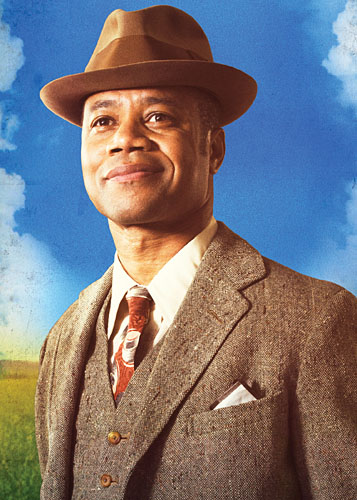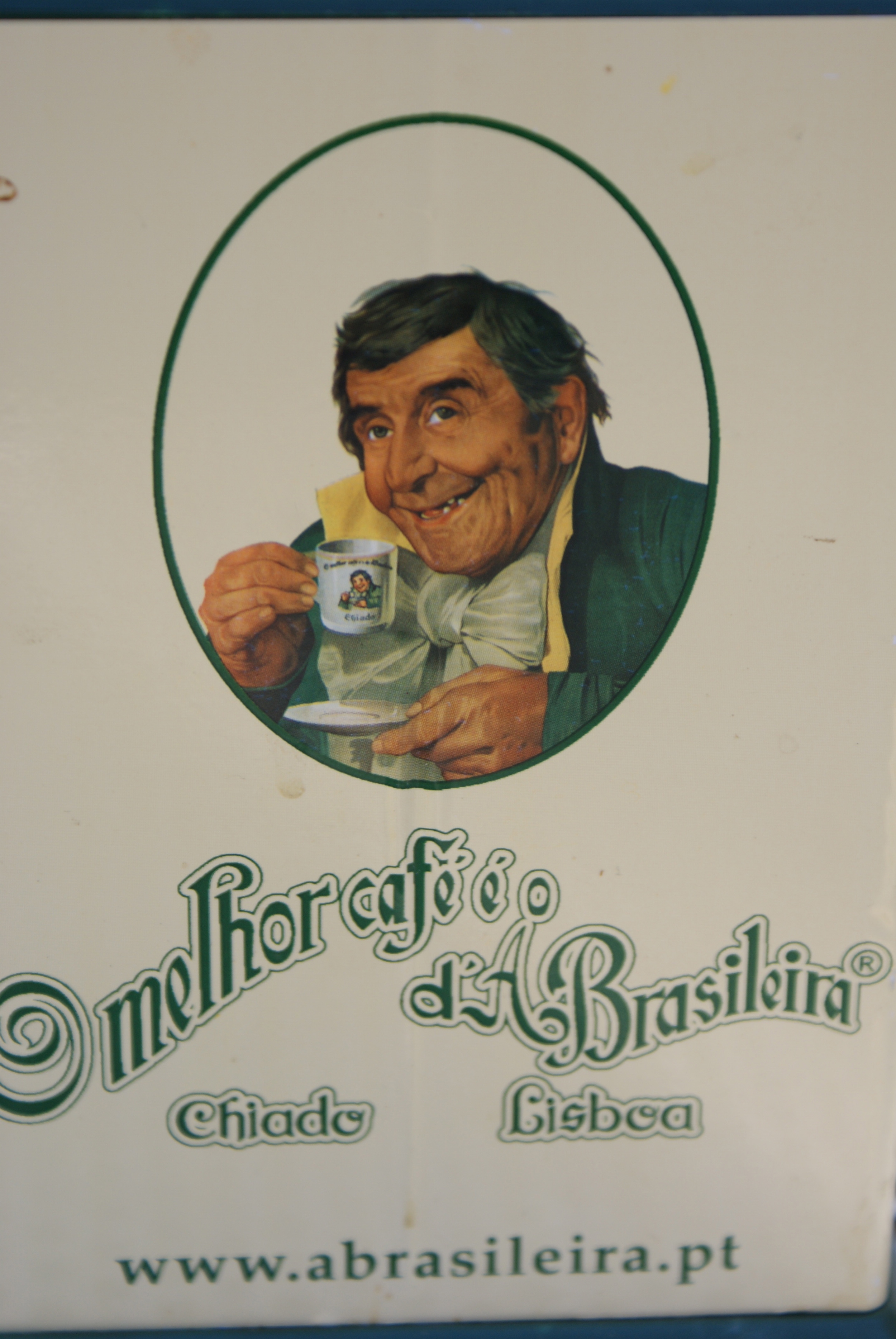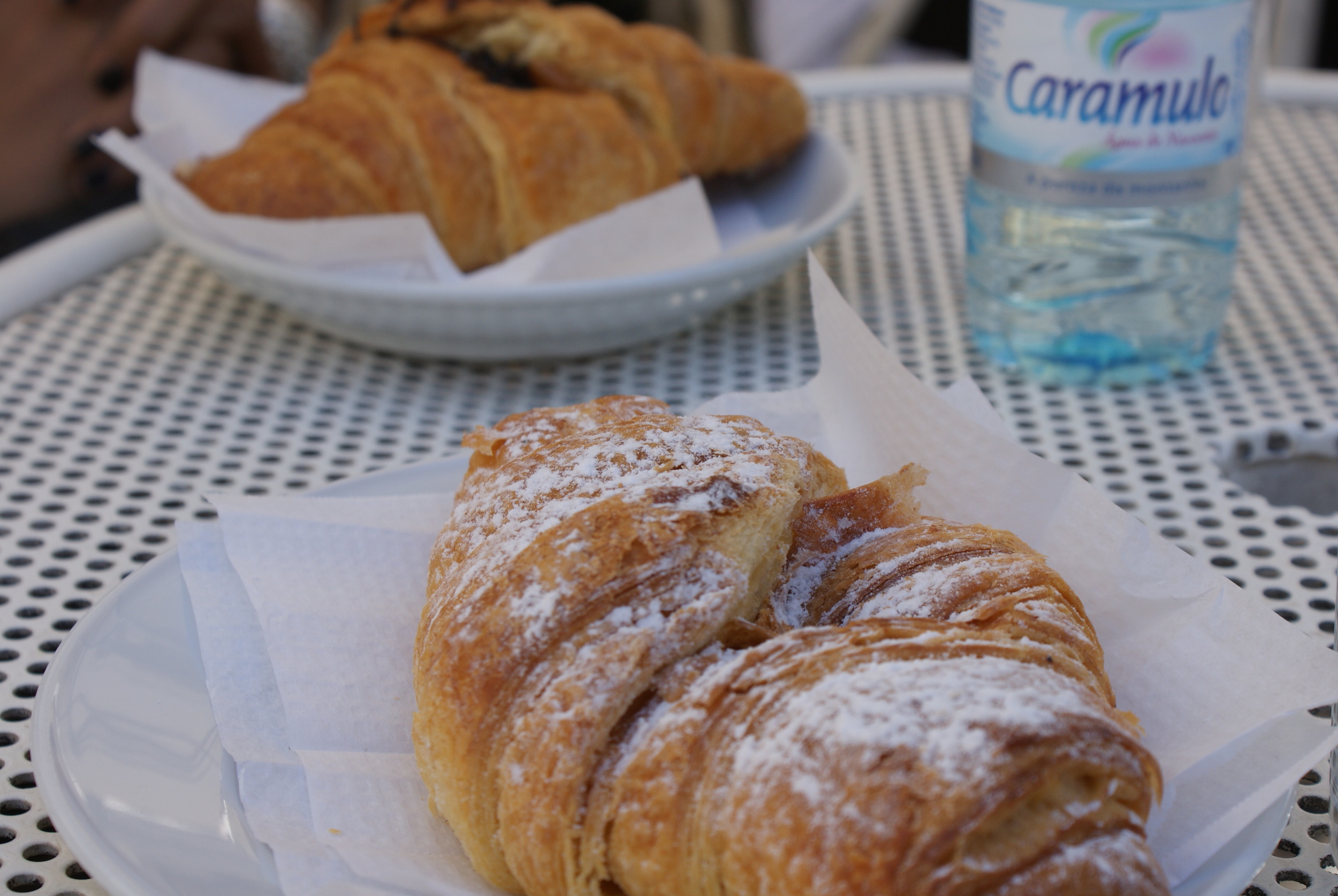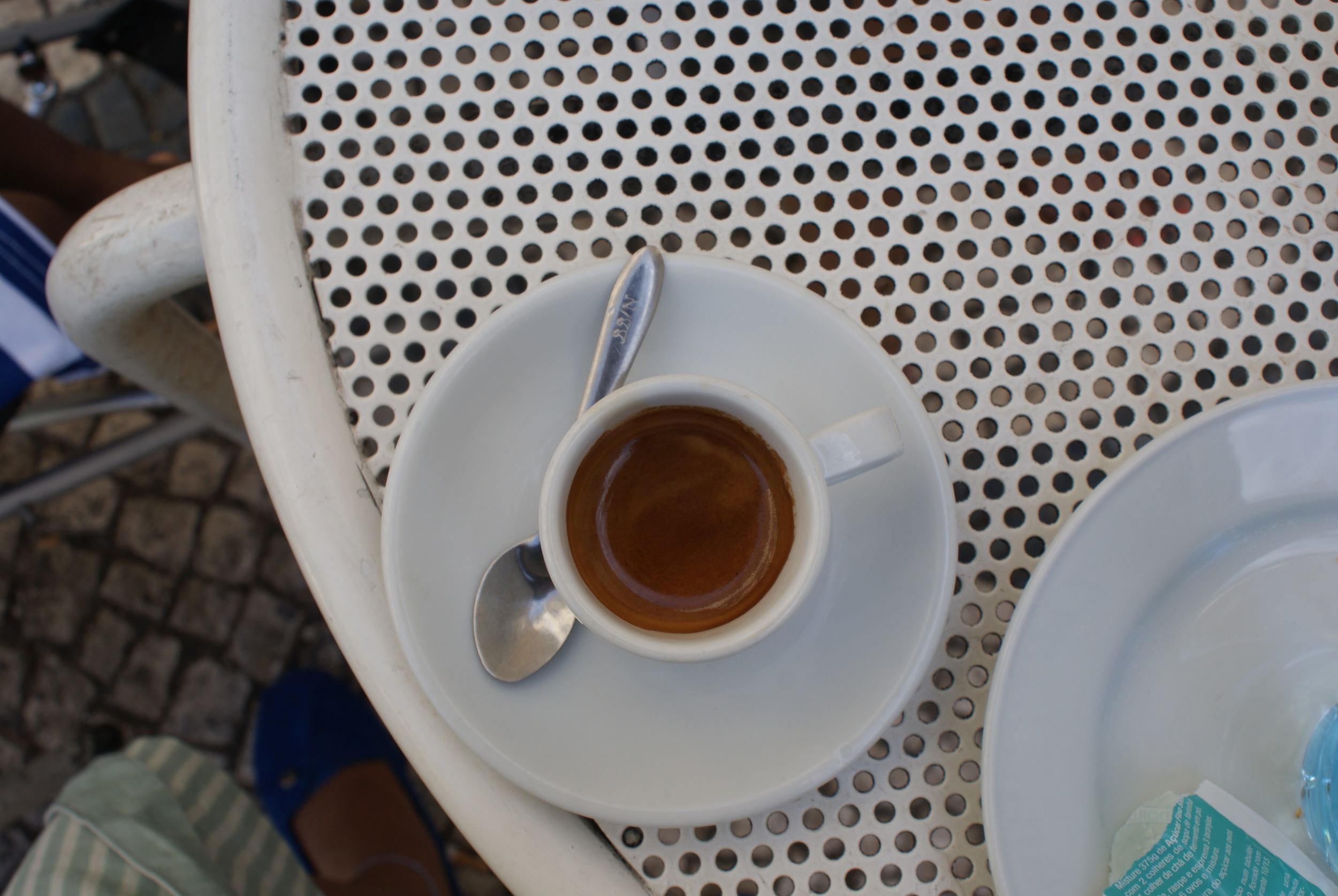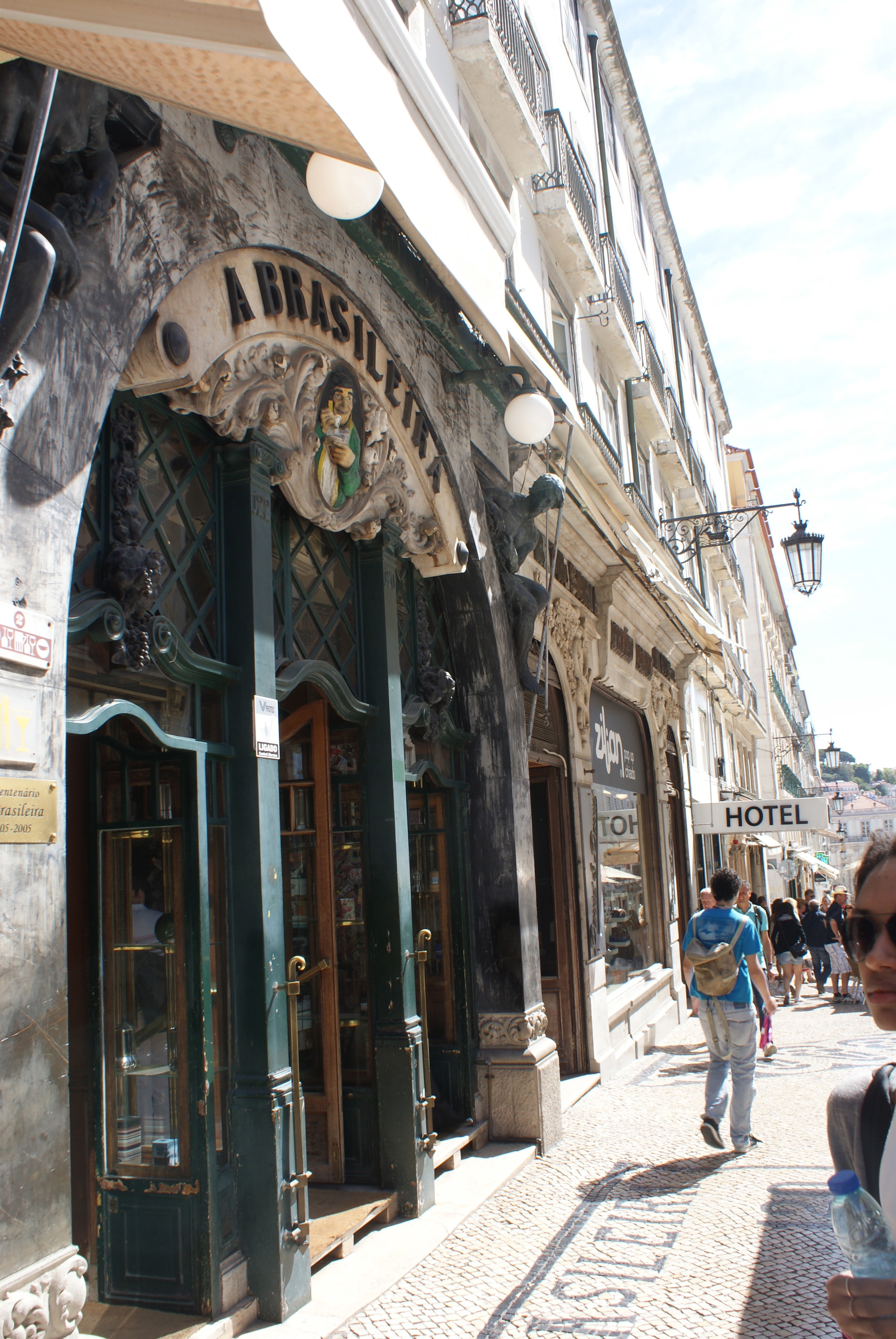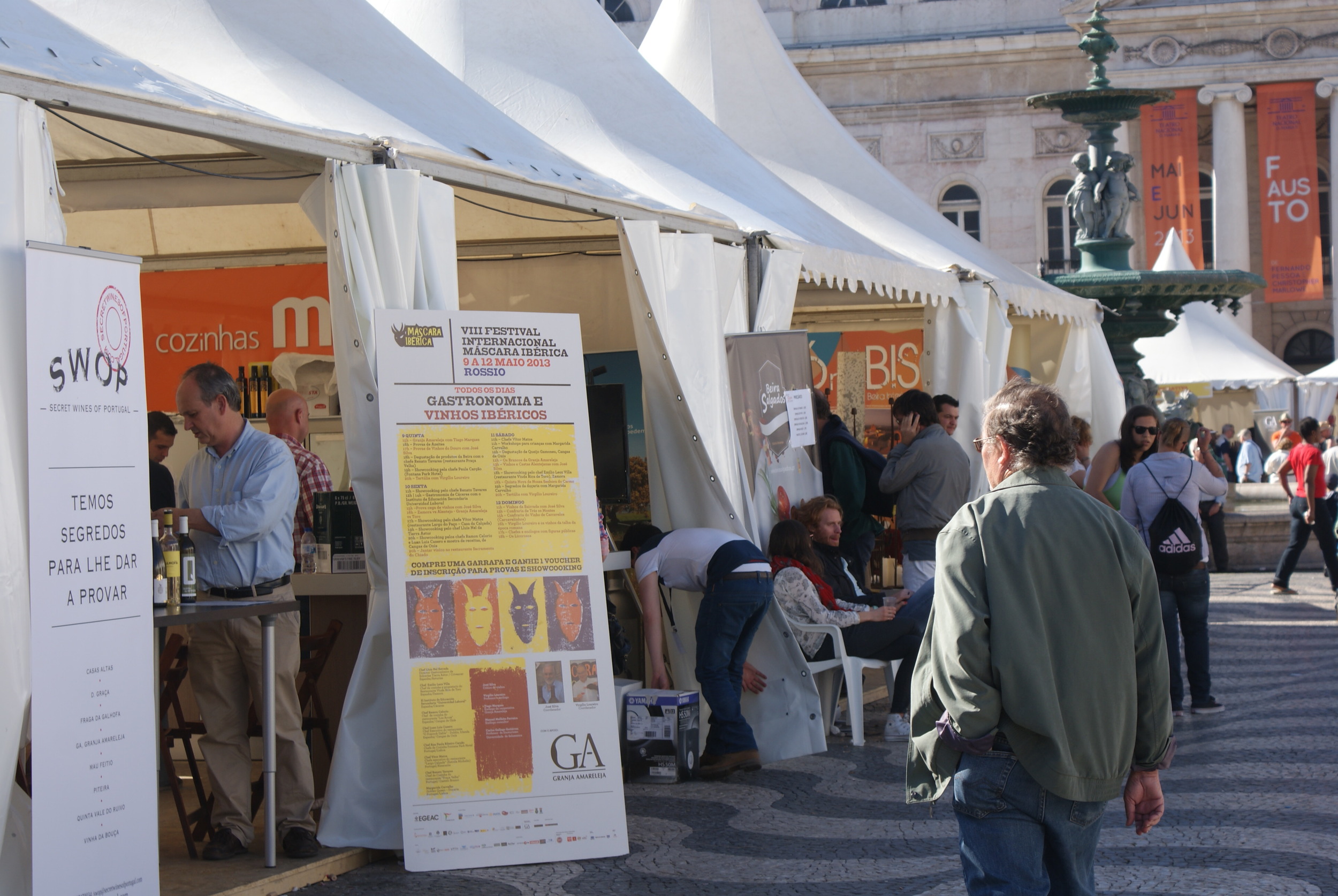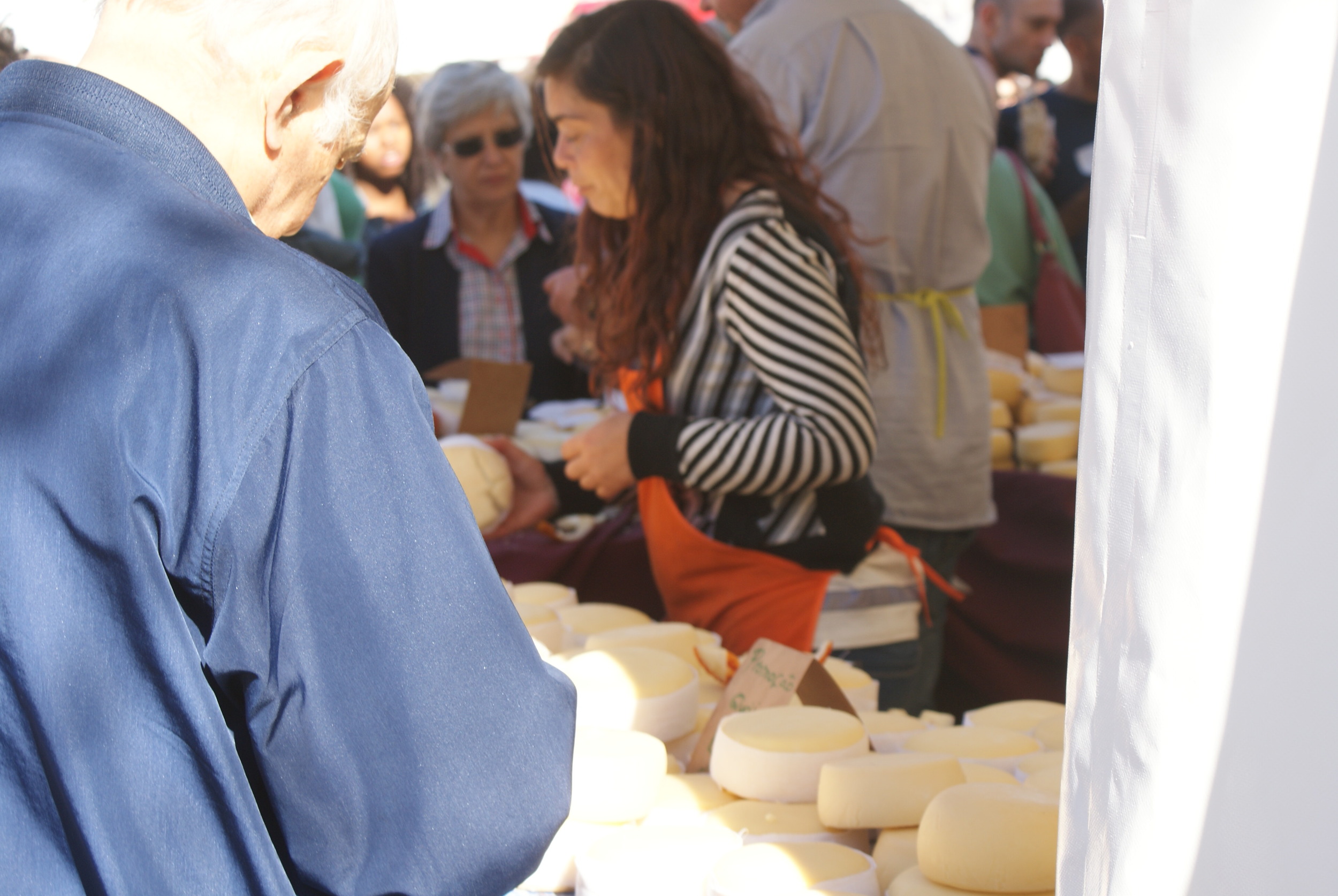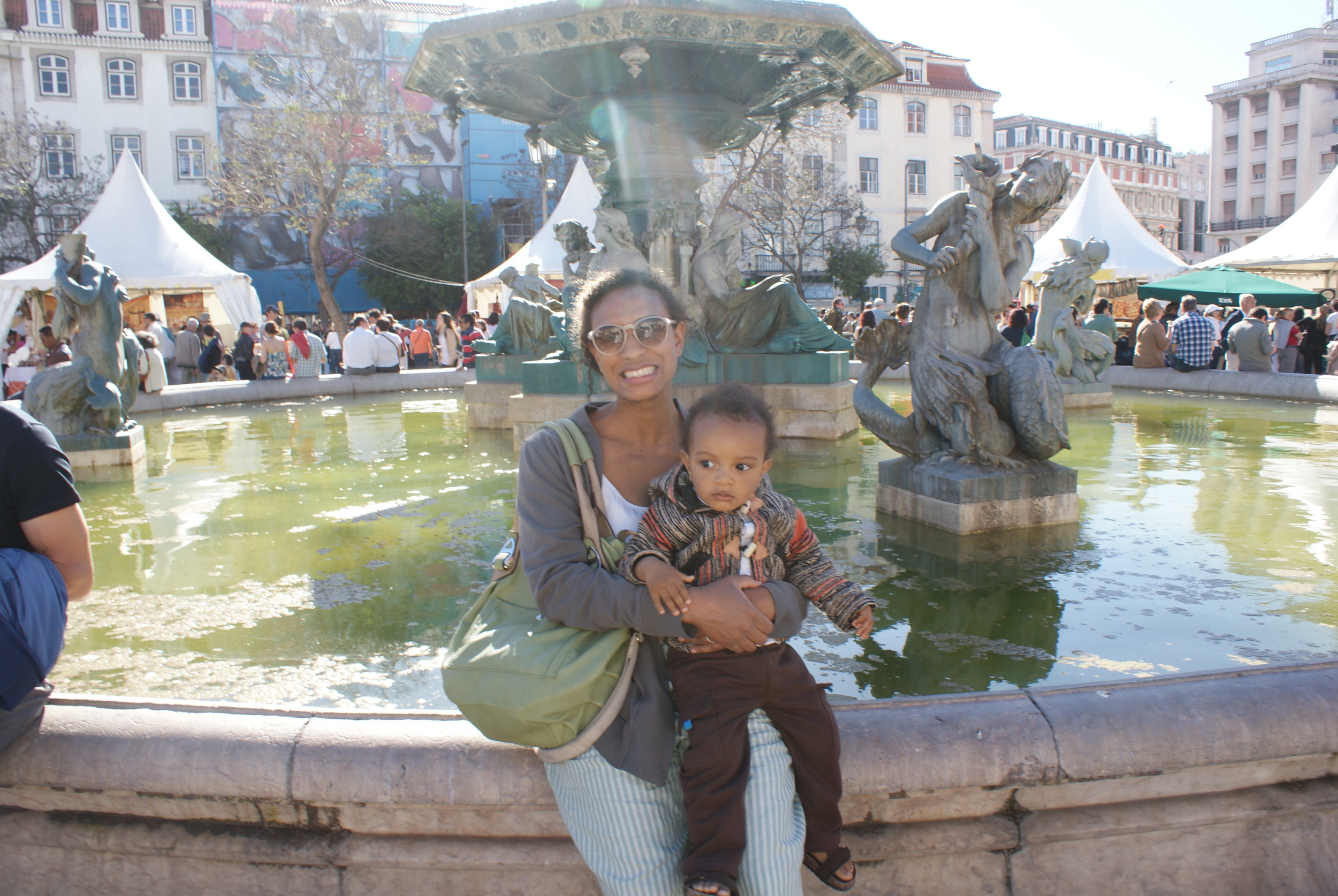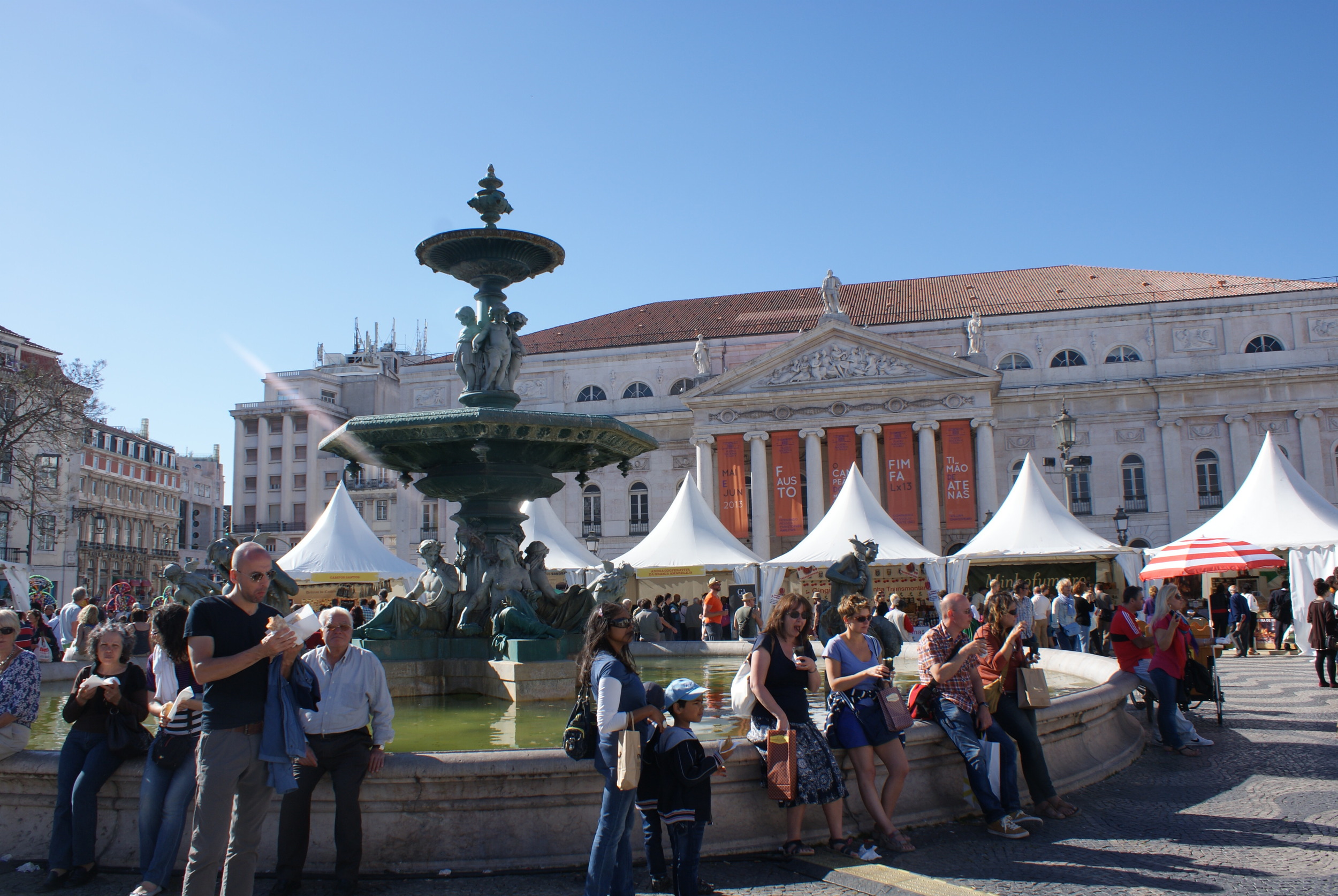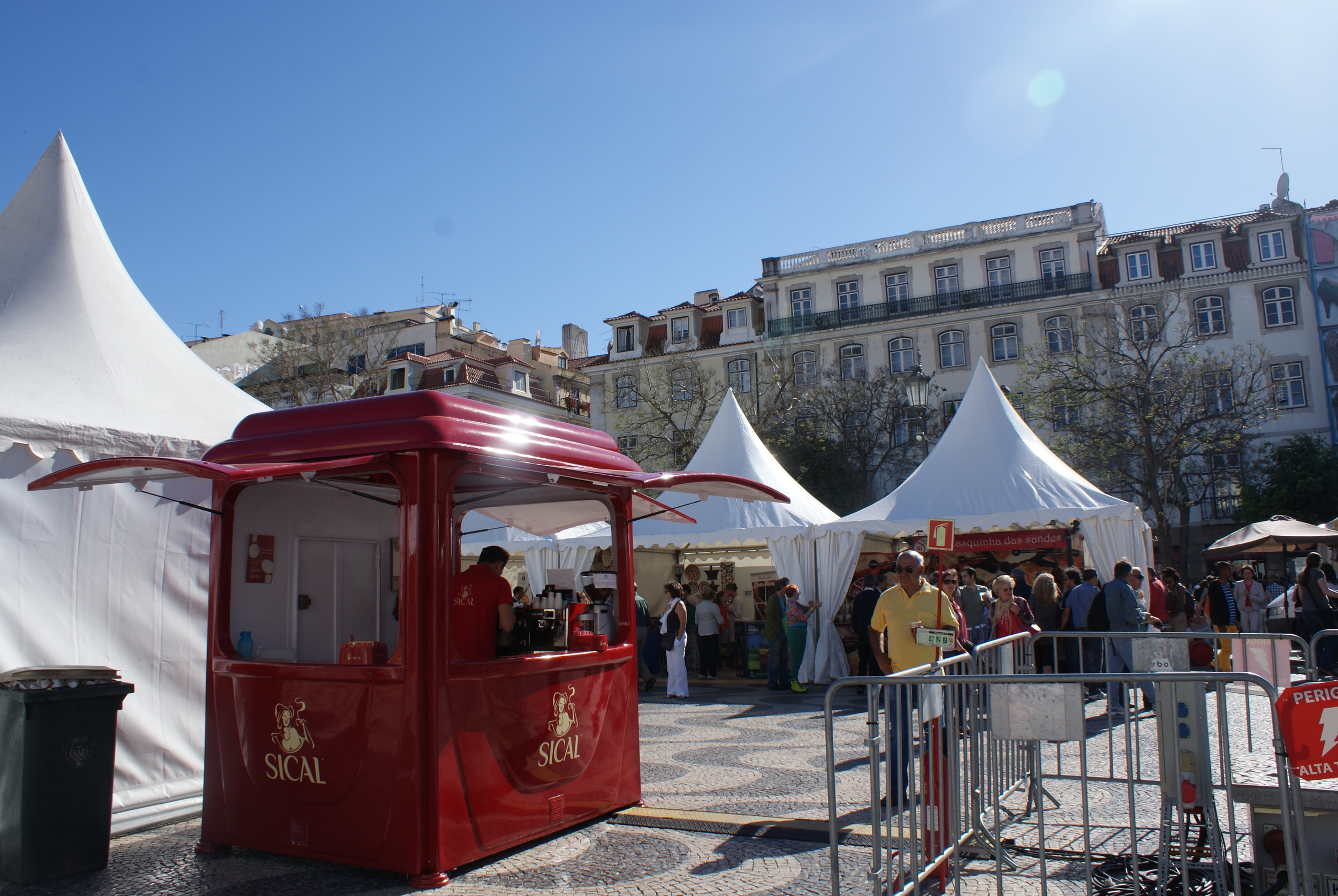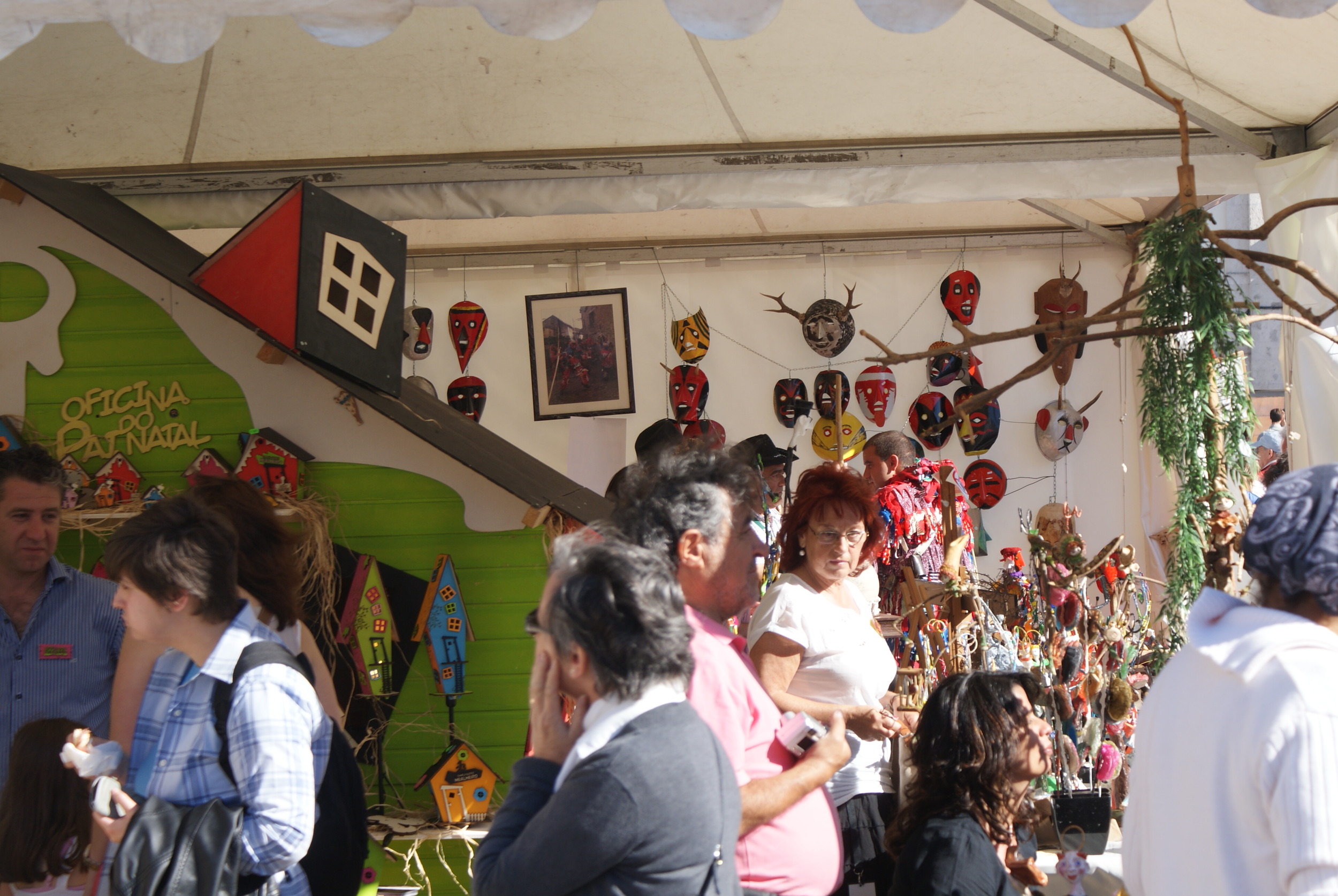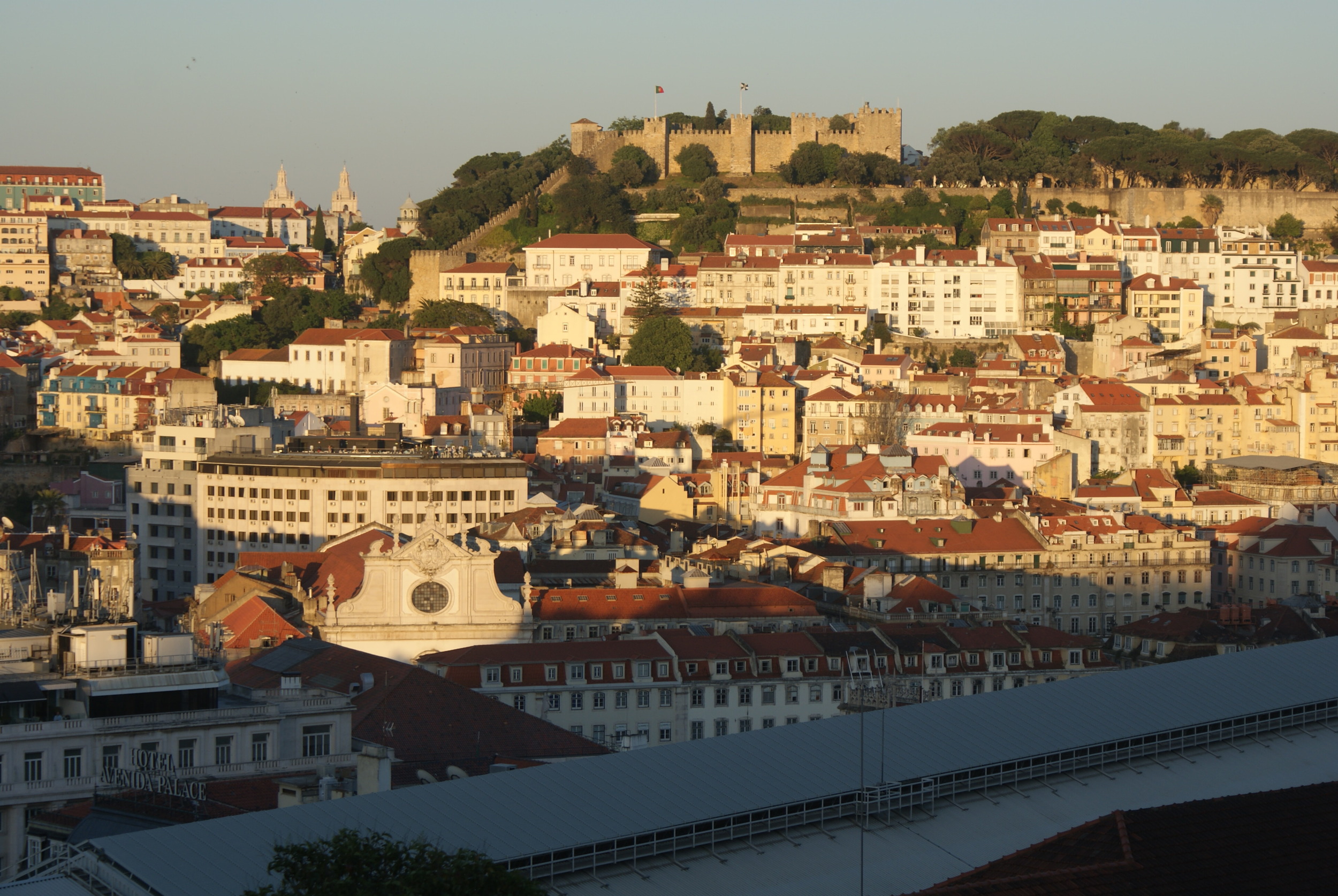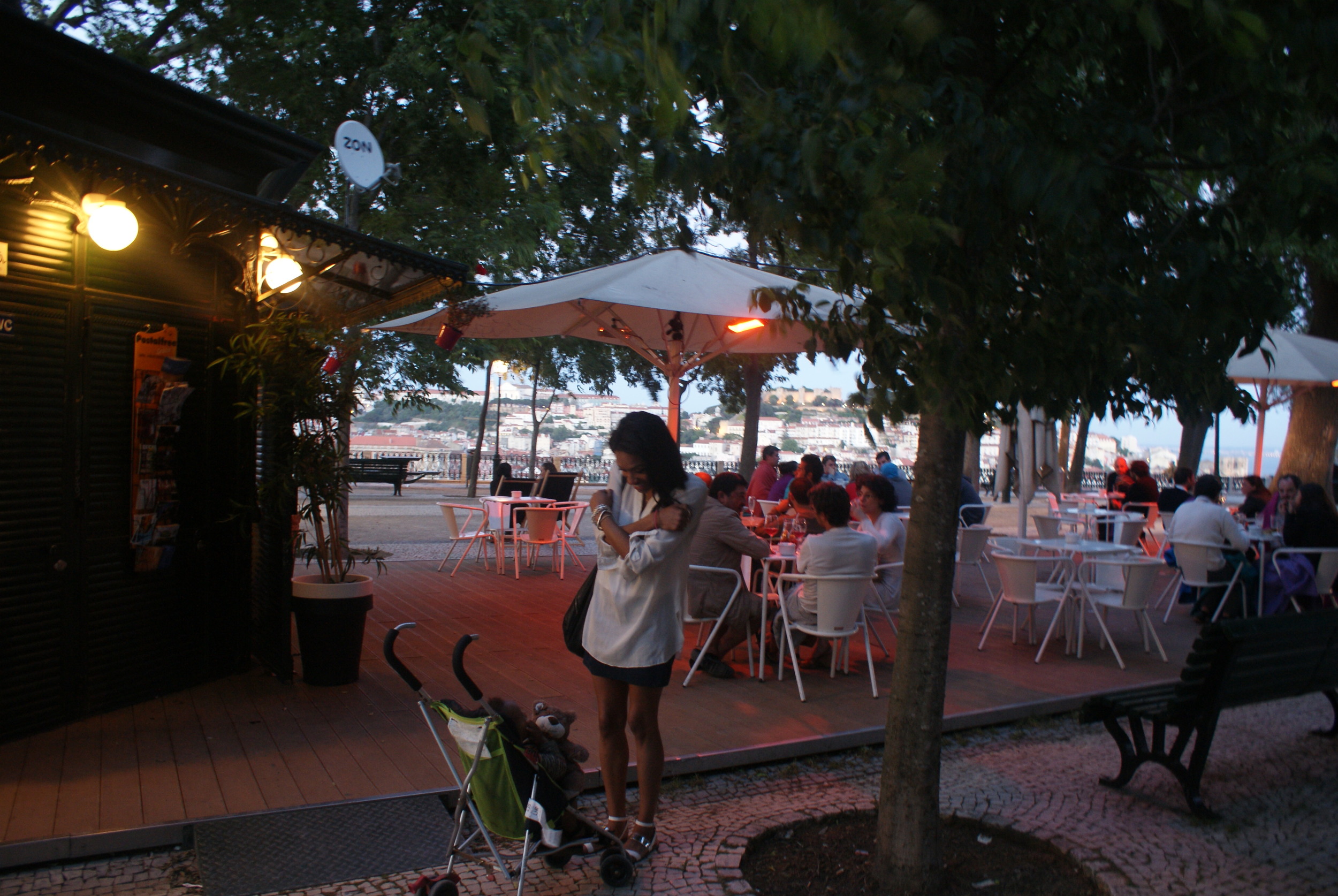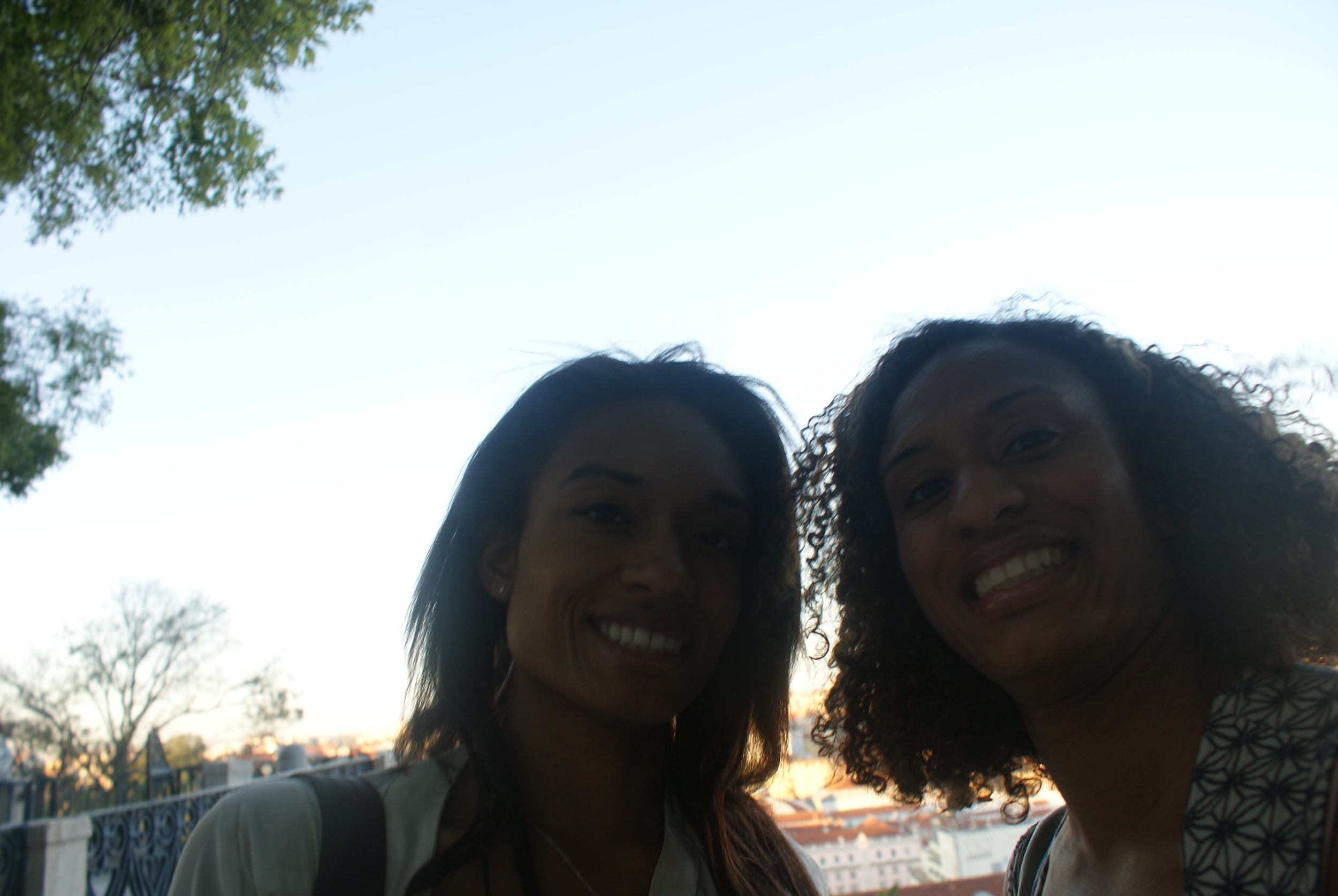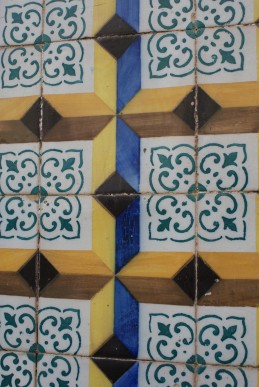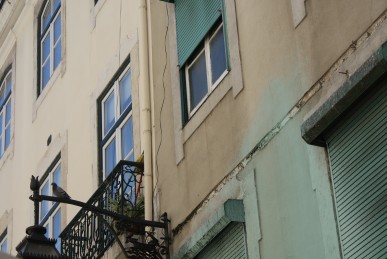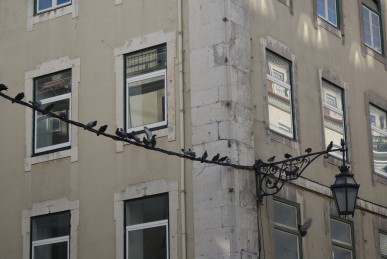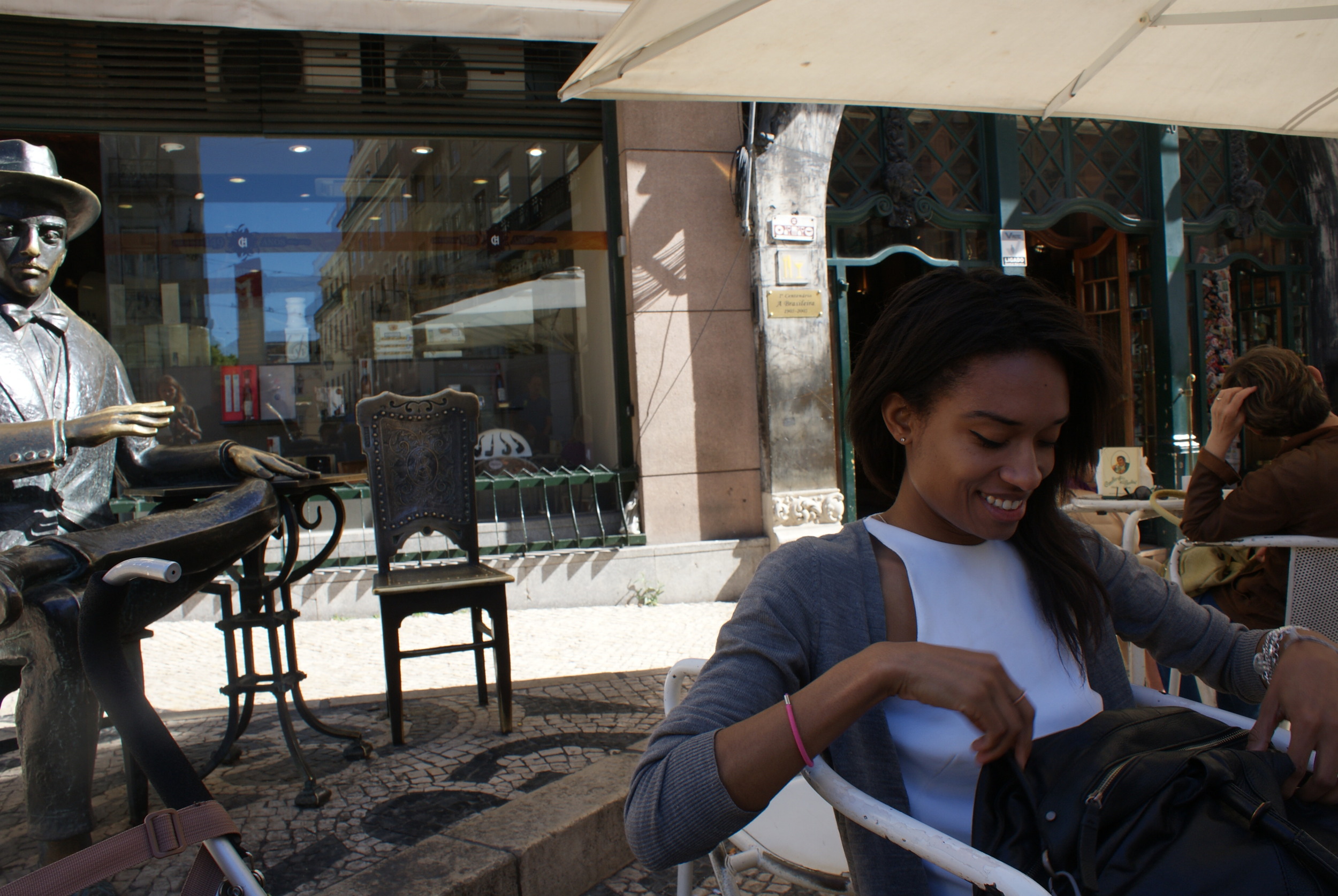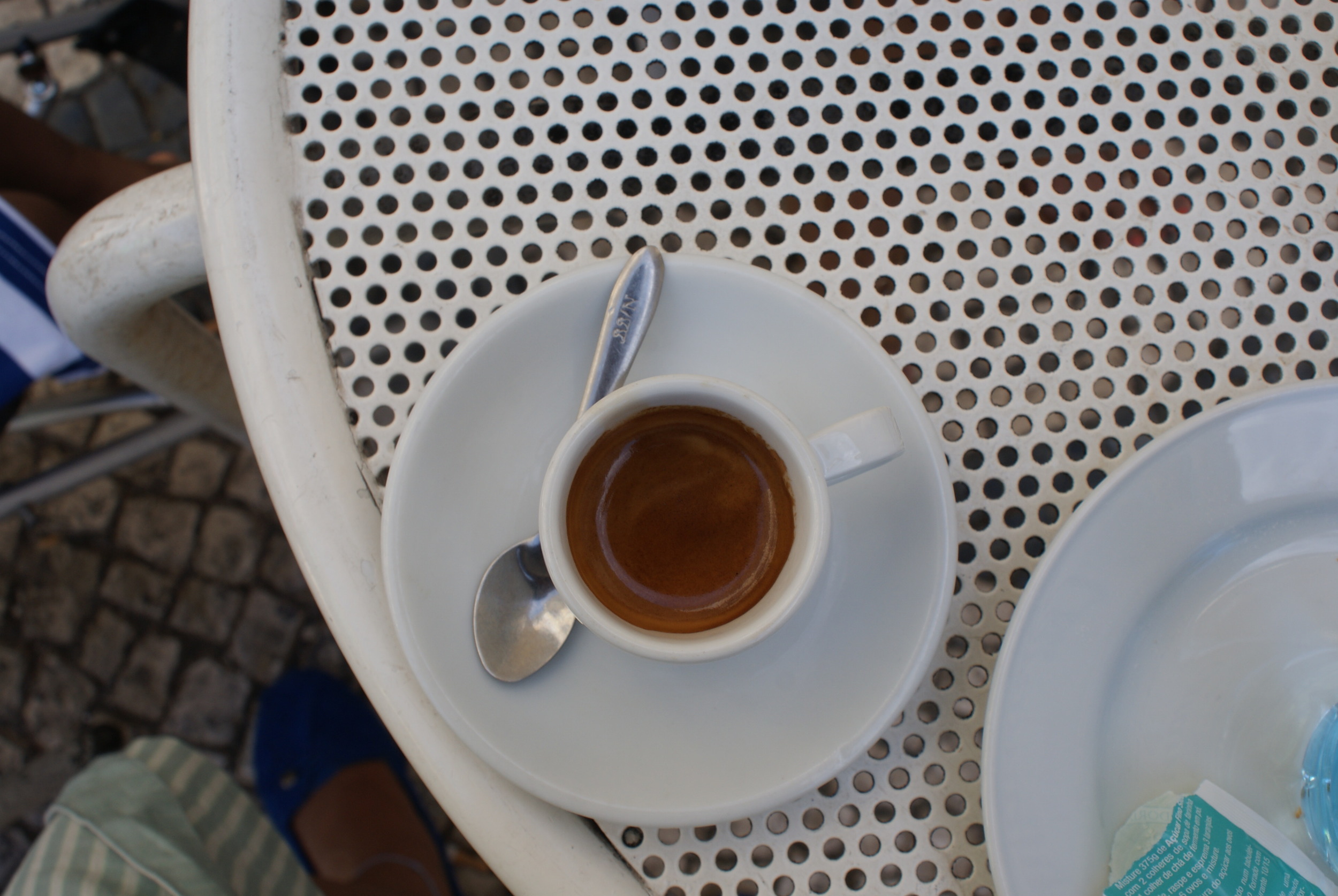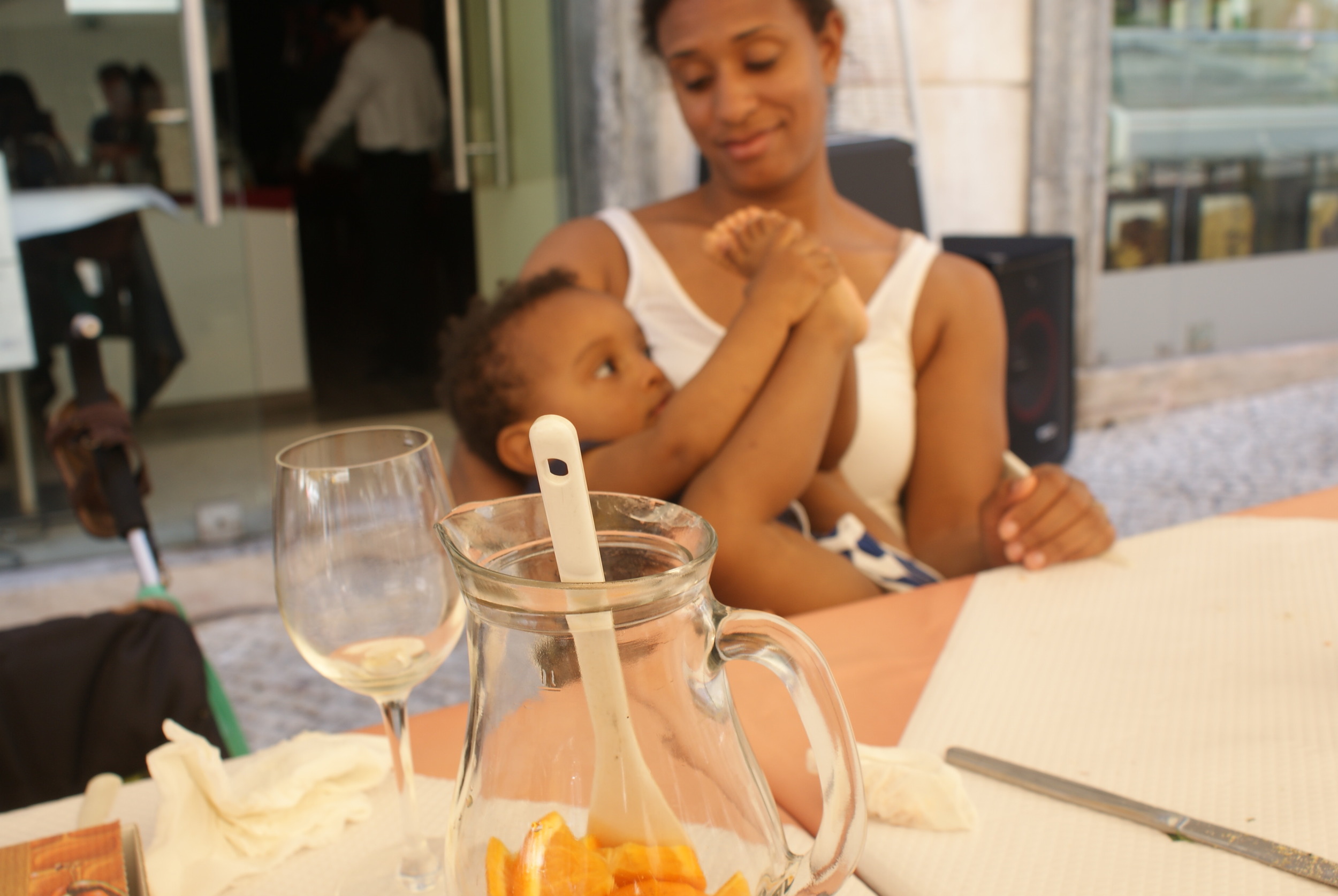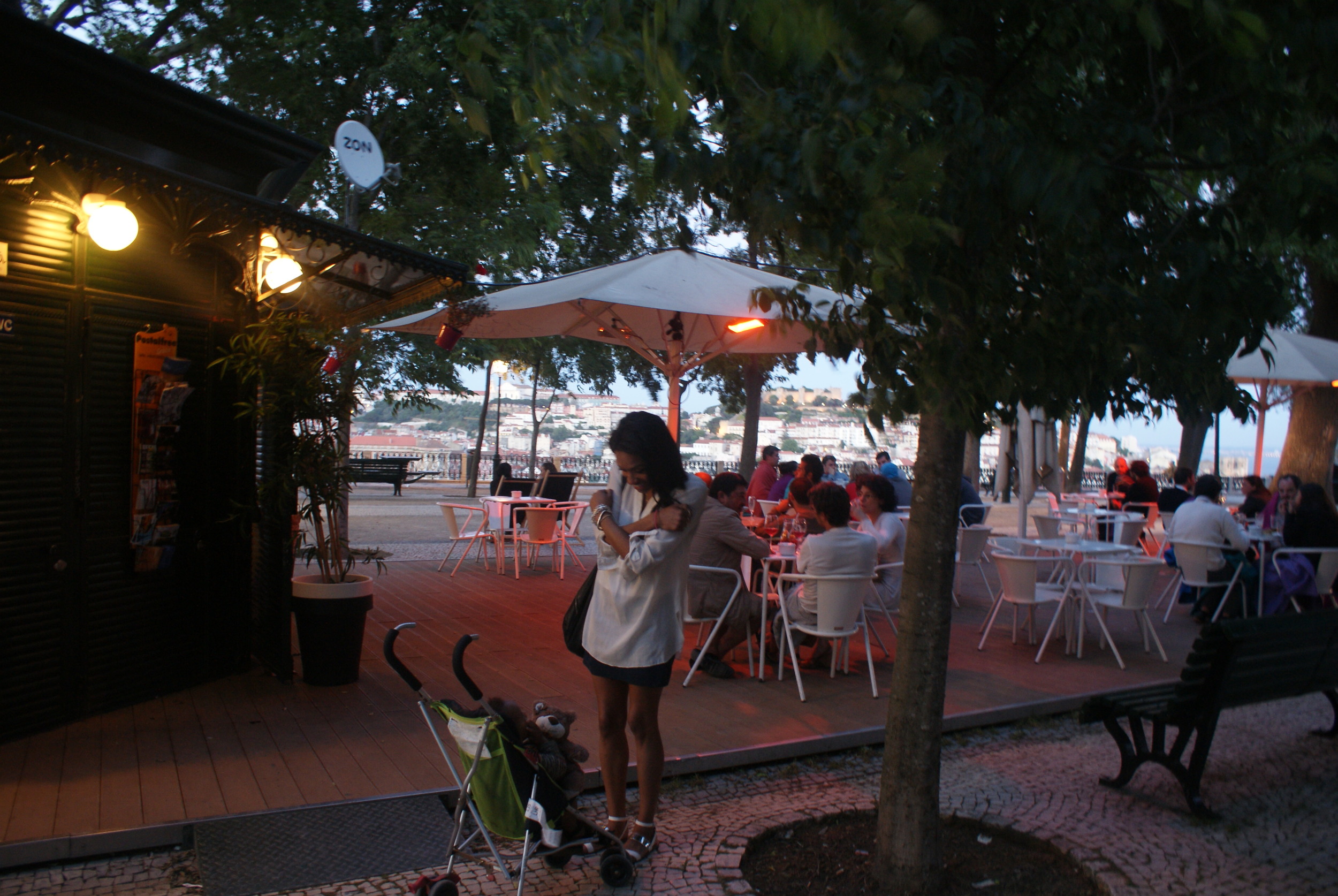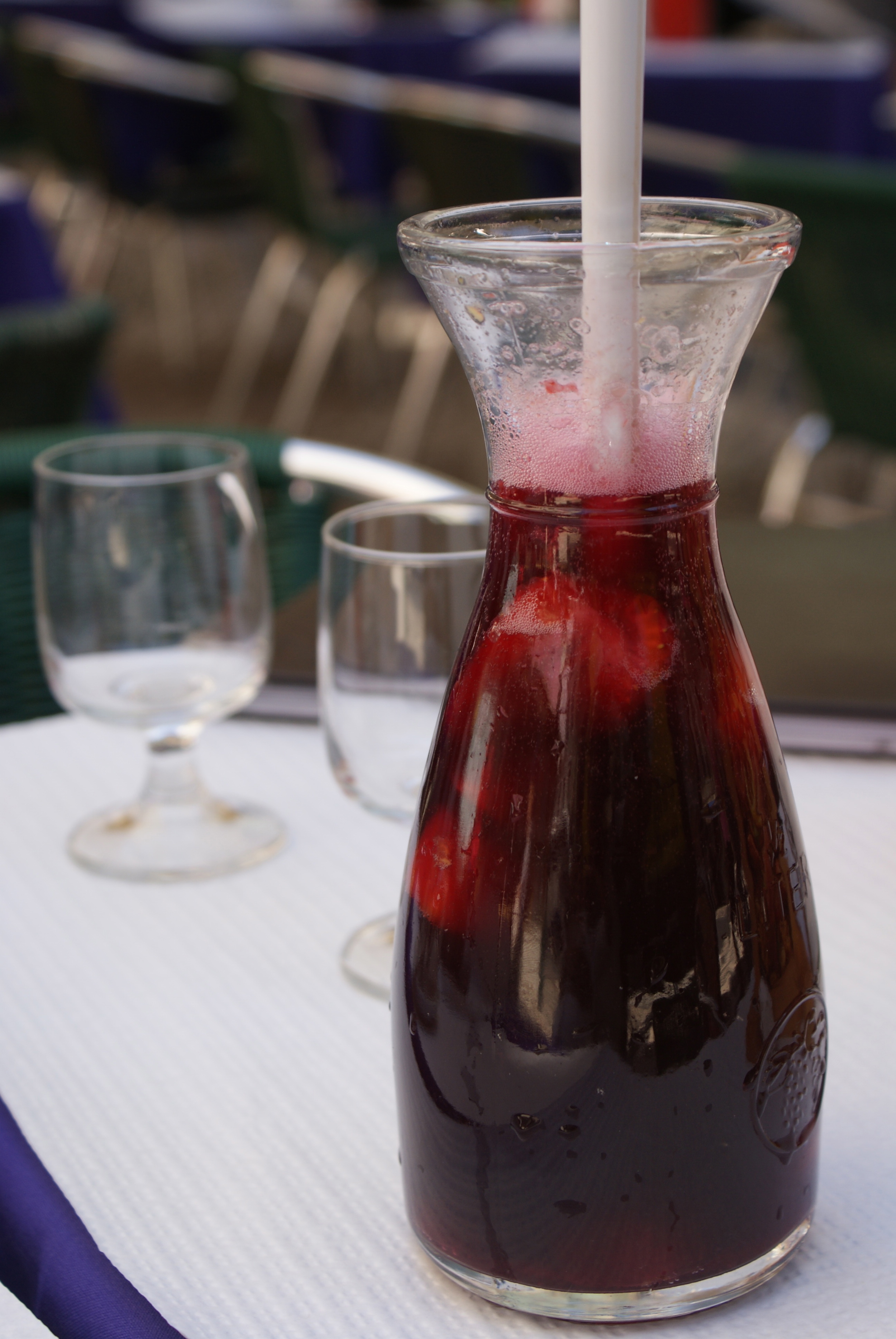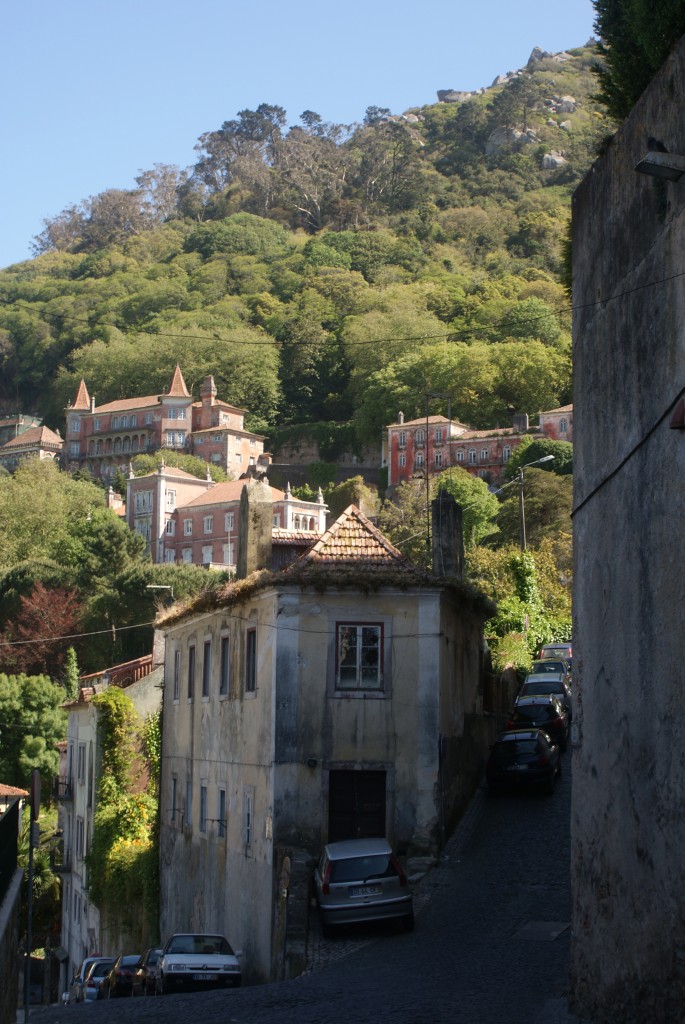The shadows on the wall indicate the passage of time. Lying awake, the full moon overhead, you’re anxious. You are compelled to go, to run into the quiet street. The dull ache in the center of your chest, the pulling, the heaviness begins to flutter- “Bountiful…” the whispered word tumbles from your lips before floating into the night sky like a prayer.
On a muggy evening, earlier this week, I made my way through the buzz of electric excitement that is Times Square to the intimate Stephen Sondheim Theatre to see The Trip to Bountiful.
Expertly directed by Michael Wilson, The Trip to Bountiful features an esteemed cast of actors. Cicely Tyson, who won the Best Actress Tony Award for her role as Carrie Watts, gives one of the most profound and memorable performances on the stage this year. Every subtle nuance of Carrie’s struggle was captured effortlessly. Vanessa Williams, as Jessie Mae Watts was seamlessly demanding, cantankerous and endearing. She was an antagonistic character you couldn’t help but feel an overwhelming empathy towards. Cuba Gooding Jr., played the role of Ludie Watts radiating a profound internal sadness.
Aesthetic perfection was achieved with the set, at times gloriously backlit in optimistic specks of amber and cerulean, at others, a reflection of a still star spangled midnight sky. The costuming - stockings, slips, beautifully patterned dresses with matching coats, pearl necklaces and bracelets, rolled hair, gloves, clutches and hats, was authentic and stirred in me a nostalgia for an era I was born decades too late to have experienced.
This brings us back to Bountiful, a place Carrie has clung to, a light in the darkness. Home often isn’t necessarily where we live. It isn’t always the place we hang our hats and lay our heads. Home is more profound than that, more powerful. Home is the place our fondest memories were made, the foundation that built the defining stories of our lives. Home is the place we aspire to go, when everything else has failed us.
The Trip to Bountiful runs through September 1st, 2013 at the Stephen Sondheim Theatre at 124 W 43rd Street.
MY TRIP TO BOUNTIFUL GIVEAWAY!
I will present one lucky reader with two tickets to The Trip to Bountiful. Here’s how to enter:
1) Sign-up for my newsletter
2) Follow me on Facebook
3) Follow me on Twitter and Follow Bountiful on Twitter
4) Share this post on your FB page
5) Tweet this post using the hash tag #bountiful and @sojossojourns
The winner will be selected and announced on Friday, July 12th.
* I’d like to thank the Britto Agency for the tickets and for sponsoring the giveaway!










